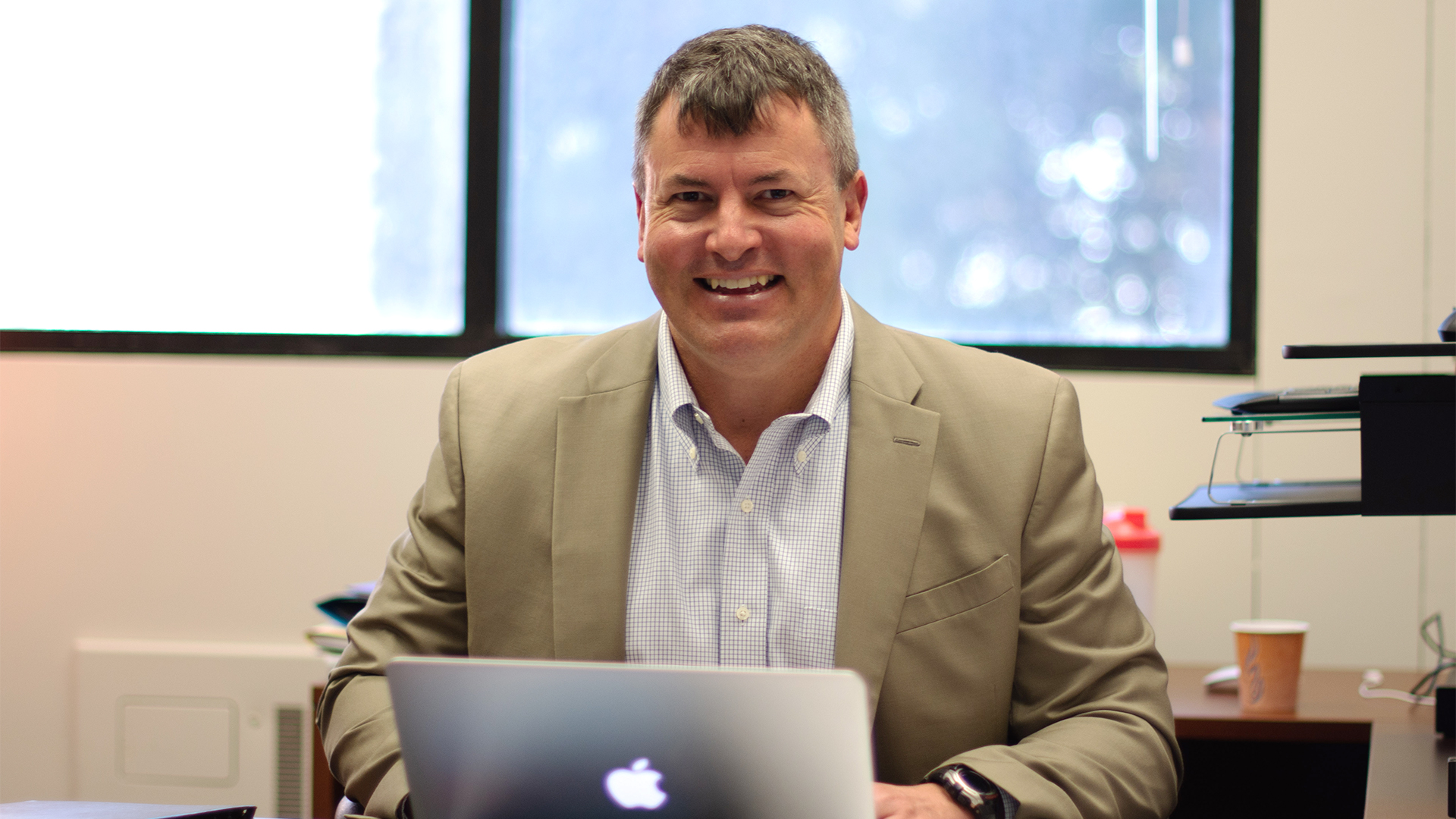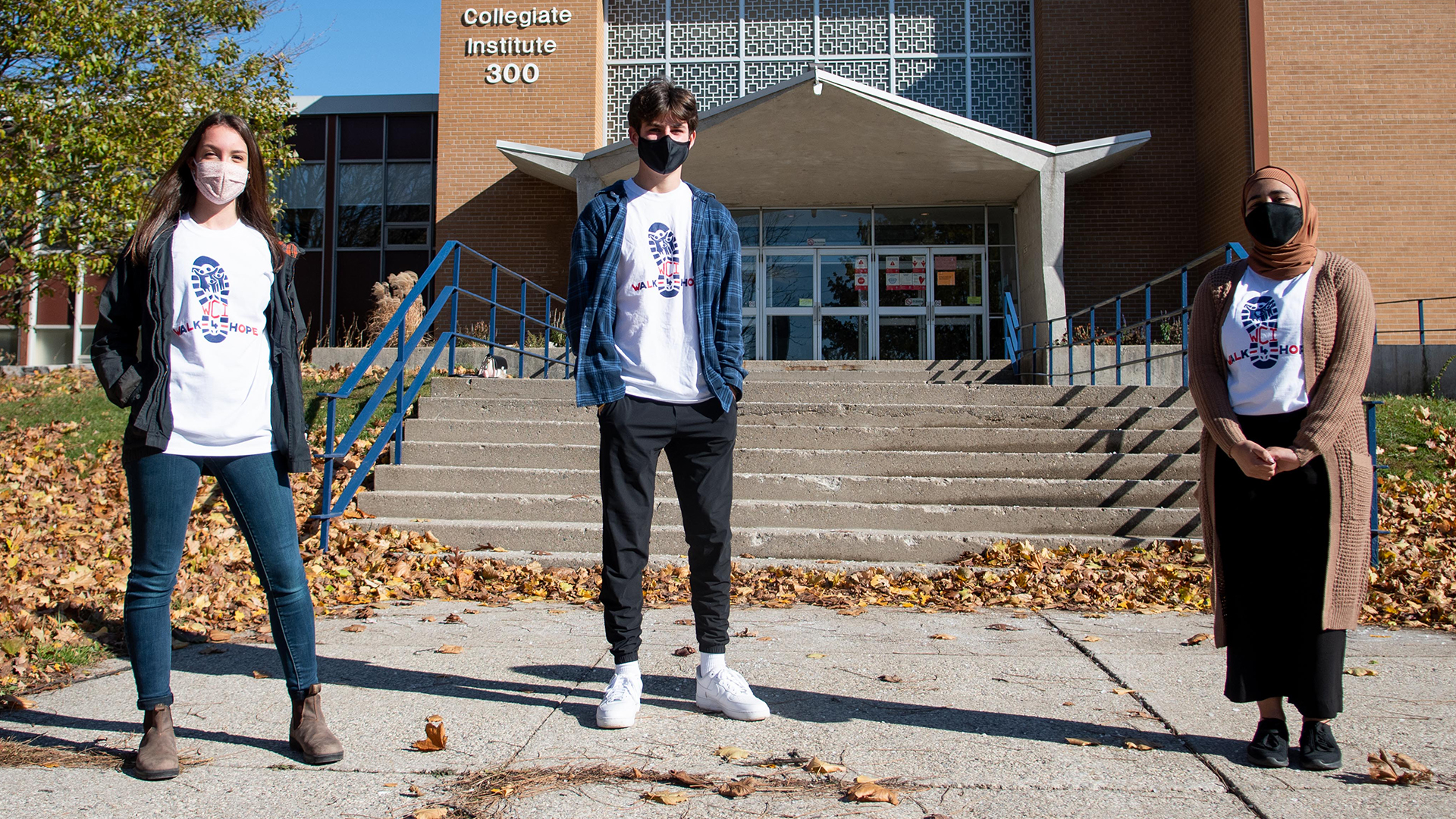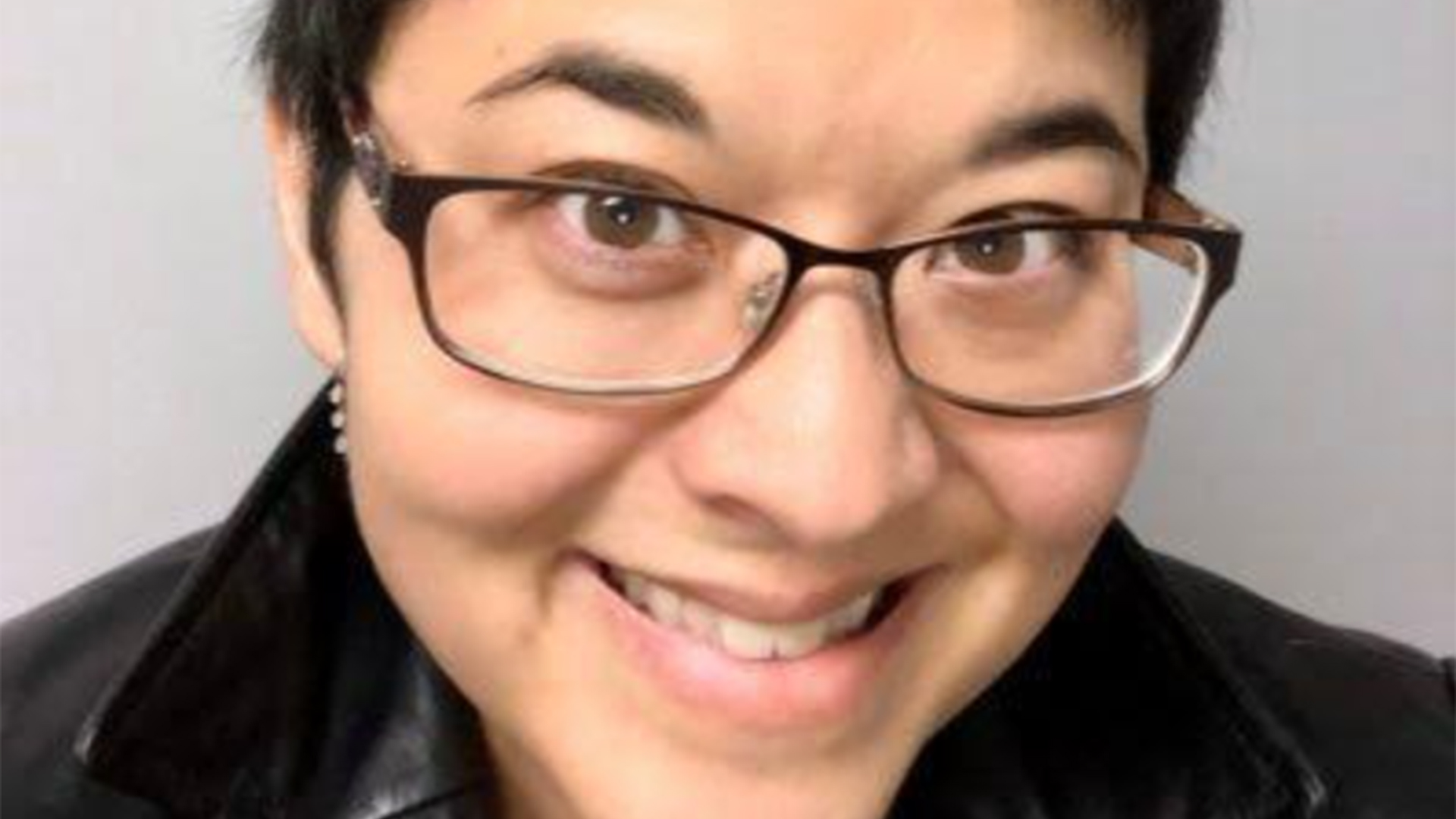
Teaching, Learning and Feeding the Community in Blair
On a brisk October morning near the end of the harvesting season, Dave Skene and Sarina Perchak gathered at the Indigenous Food Garden, located at the Blair Outdoor Education Centre in Cambridge. Skene and Perchak are both with the White Owl Native Ancestry Association (WONAA) – Skene an Executive Director and Perchak a Land Based Education Coordinator. The two were busy taking an overview of the plot as they prepared for the task of putting the garden to rest for the season.
This garden was made possible thanks to a partnership between the Waterloo Region District School Board (WRDSB) and WONAA, who work to maintain and grow the gardens, in addition to offering land-based Indigenous education programs which connect to social studies curriculum topics focusing on past and present issues facing Indigenous communities in Canada.
The Indigenous Food Garden began as a smaller medicine garden, containing plants like sage, tobacco, sweetgrass and strawberries, Skene explained. The garden has now grown to occupy a much larger space, with a wider variety of both food-producing and medicinal plants.
During a typical school year, the garden plays a central role in the Land Based Indigenous Studies program. Each year, dozens of classes would make the trip out to visit the garden and learn about everything from seed-saving to planting techniques. The garden provides “a way to share aspects of Indigenous knowledge around food and land with teachers, students and others in the WRDSB community,” said Skene. “It provides an opportunity for us to share that with the greater community.”
With students unable to visit in-person, WONAA turned their sights to how they could engage their gardens to support the wider community during the COVID-19 pandemic. Their focus has now turned to food-production at the four gardens they maintain across Waterloo Region. In total, they’ve produced more than 2200 lbs of food that has been shared with approximately 250 Indigenous people in the community.
“We’ve been able to share it with the Indigenous community,” said Skene, adding that roughly one third of that produce was grown at the Blair Indigenous Food Garden.
Importantly, Perchak explained, this includes hard-to-find items, like those grown in the medicine garden. These culturally significant items have only become more difficult to find during a global pandemic.
Food production extends beyond the borders of the garden itself, and into the forest nearby, as Skene and Perchak also took time to forage for highbush cranberries to be made into a delicious preserve. Skene explained that the berries, which let off a somewhat unpleasant odour, have a sweet, enjoyable flavour.
The Indigenous Food Garden may look somewhat familiar to those who have grown their own vegetables at home, but there are important distinctions. Skene explained the idea of relationships between all things in the garden, and between the garden and those who maintain it, plays a crucial role in shaping their approach.
“It’s not just the idea of the function of growing food,” said Skene. “It’s us trying to be instructed by the garden about what we’re doing here and how we’re doing it.”
This approach has led to innovative methods to help deter pests from snacking on the contents of the garden. Skene explained they plant Aztec Marigolds, a tall, yellow flower with a pungent smell, to keep rabbits and other small animals at bay. The flowers also attract pollinators, providing numerous benefits to the garden.
The concept of relationships extends to the types of plants cultivated. They aren’t planting just any corn. The seeds planted in this garden are either Indigenous to this region, or grown by Indigenous communities in this region.
“For most cultures, food is really significant,” said Skene. “There’s an ancestral relationship with the corn that we’re growing.”
Maintaining the Indigenous Food Garden is a year-round job. As the harvesting season comes to a close, Skene and Perchak will soon be busy with the task of putting the garden to rest for the winter. Seed-saving is the first step in this process and involves retrieving and drying the seeds from the harvested plants. Excess seeds are shared with the wider Indigenous community, with some going across Canada.
For Perchak, the Indigenous Food Garden’s most valuable product is the knowledge, understanding and learning opportunity it presents. Knowledge gained in this garden, just like the seeds it produces, can be passed down – generation to generation – offering the chance to produce an even greater harvest next season.
“There’s so much to learn on the land,” she said.
The celebration of our graduates didn’t stop here, though, as we plastered our congratulations for them across Waterloo Region. From billboards, to buses, to the sides of our secondary schools – there was no way to miss how proud we were. Even the Education Centre was wearing a similar congratulatory banner, visible to all those who drive by. Our celebration continued with advertisements in local newspapers and on local radio stations, amplifying our message across the community.



